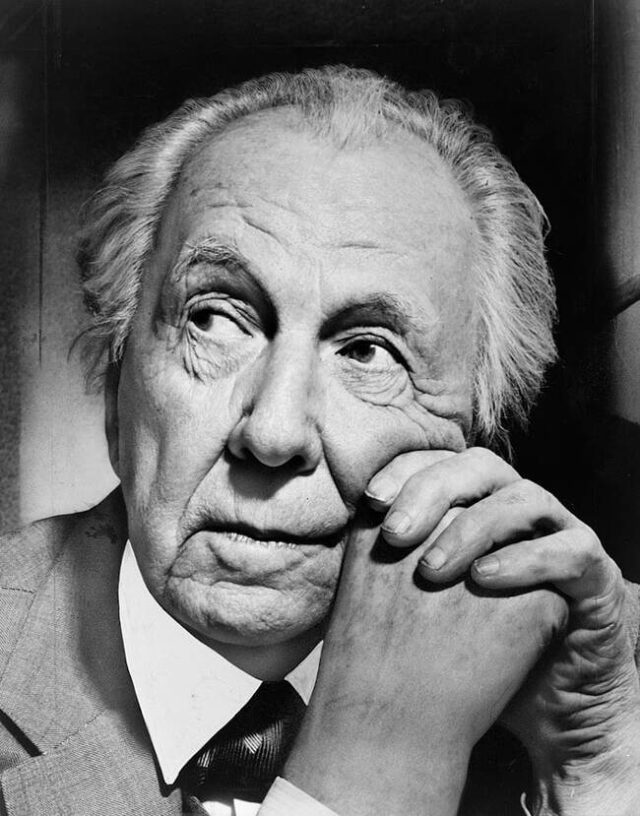
Frank Lloyd Wright, renowned for his groundbreaking architectural vision, harbored a final dream to transform Ellis Island into a self-contained city of the future. Once the processing hub for nearly 12 million immigrants from 1892 to 1954, Ellis Island is a symbol of hope and new beginnings in U.S. history. After its decommissioning, the U.S. General Services Administration (GSA) invited developers to submit proposals for repurposing the site. Among the diverse pitches, Wright’s ambitious “Key Project” stood out. Commissioned by the Damon Doudt Corporation, Wright envisioned a futuristic urban enclave that would honor Ellis Island’s legacy as a gateway to freedom and opportunity. His design featured a circular podium overlaying the rectangular island, supporting apartments for 7,500 residents in a unique stacked formation, along with a 500-room hotel and distinctive crescent-shaped towers.

The Key Project aimed to create a harmonious, self-sufficient community with theaters, hospitals, churches, schools, a library, and a sports arena, all within circular, marble-like structures. Wright’s plan emphasized mobility and tranquility by eliminating cars and incorporating moving pavements, while a yacht basin accommodated 450 boats. Despite the innovative design and Wright’s enthusiasm, the project was never realized. Wright passed away in April 1959, leaving behind only a conceptual drawing on a napkin. Although his son-in-law, William Wesley Peters, and the project’s promoters later completed a full set of drawings, the GSA ultimately rejected the proposal. In 1963, New York City Mayor Robert F. Wagner proposed preserving Ellis Island as a museum park and memorial. The island was later incorporated into the Statue of Liberty National Monument, and the museum opened in 1990. Wright’s final major work, the Solomon R. Guggenheim Museum, opened the same year, adding his lasting mark to New York City.















